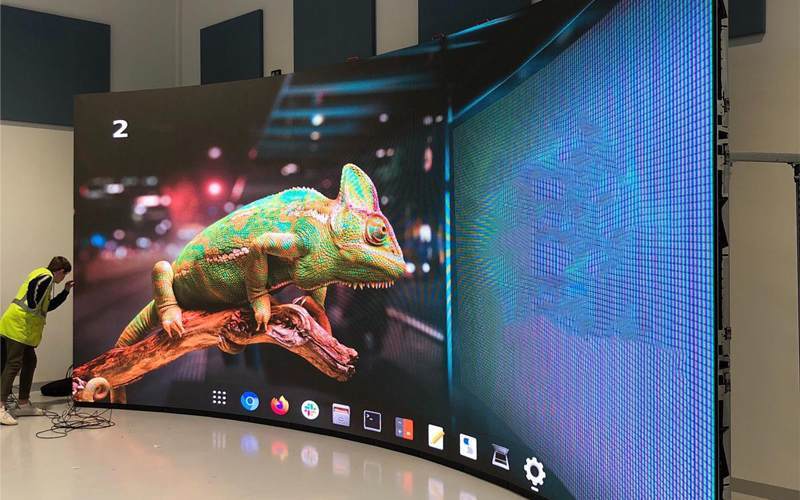Innovative Strategies to Enhancing Untethered Connectivity Technologies for LED Panel Surfaces.
Wiki Article
Untethered communication solutions for Light Emitting Diode wall screens have redefined the way we experience visual displays in various settings, such as live events, corporate gatherings, and advertising. These panels, known for their vibrant colors and high clarity, rely heavily on strong wireless networks to perform optimally. As technology continues to evolve, innovative approaches are being engineered to optimize these wireless frameworks. This discussion will explore some of the latest strategies aimed at boosting wireless connectivity for LED wall panels.

One significant method to enhancing wireless communication is the use of advanced antenna systems. Antennas play a critical role in transmitting and capturing signals between devices. By utilizing adaptive antenna arrays, which can adapt their direction and beamforming pattern based on the environment, manufacturers can greatly improve signal strength and stability. This dynamic tuning helps reduce disruption from other electronic systems and barriers, leading to clearer video output and more stable connections for Light Emitting Diode wall displays.
Another innovative approach entails utilizing mesh networking systems. Unlike conventional wireless configurations that rely on a single router, mesh systems consist of multiple connection points that work together to spread the internet signal over a broader area. This setup ensures that LED wall panels receive a consistent signal no matter their placement. In venues like stadiums or large event centers, where physical obstructions may disrupt signals, mesh networks provide a more reliable solution by ensuring connectivity even in crowded areas.
Moreover, integrating edge processing into wireless communication systems can boost performance for LED wall panels. Edge computing allows data processing to occur closer to the source of data generation rather than relying solely on centralized data centers. By analyzing data near the Luminescent Diode wall units, the architecture minimizes latency, resulting in quicker response times and more fluid video rendering. This innovation is especially advantageous for use cases that require real-time explanation updates or interactive features, making presentations more engaging for viewers.
Lastly, leveraging new communication protocols can also improve wireless connectivity for LED wall screens. Protocols such as Wi-Fi 6 and 5G offer enhanced bandwidth and faster data transfer rates compared to previous standards. These technologies allow multiple units to connect concurrently without compromising performance. As Luminescent Diode wall displays are often used in conjunction with other smart technologies, integrating these advanced protocols ensures that all components can communicate effectively, leading to an significantly improved user interaction.
To summarize, the advancement of wireless communication solutions for LED wall displays is essential as technology continues to evolve. Through developments such as smart antennas, mesh networking systems, edge computing integration, and new communication protocols, producers can deliver better performance and stability. These strategies not only enhance the capabilities of Luminescent Diode wall panels but also elevate the visual experiences they offer across multiple settings. As these advancements develop further, viewers can anticipate energy star led wall panels even more impressive displays in the future.